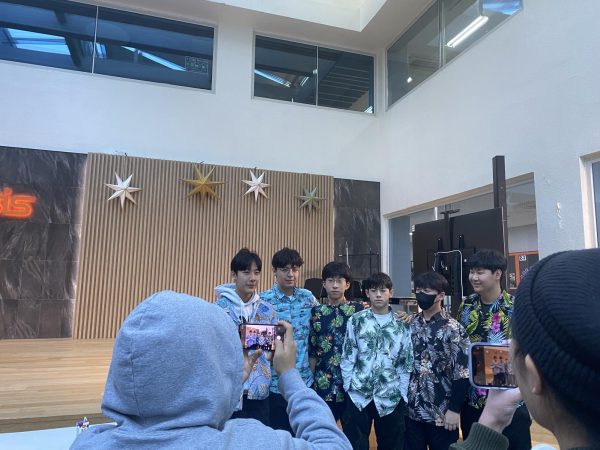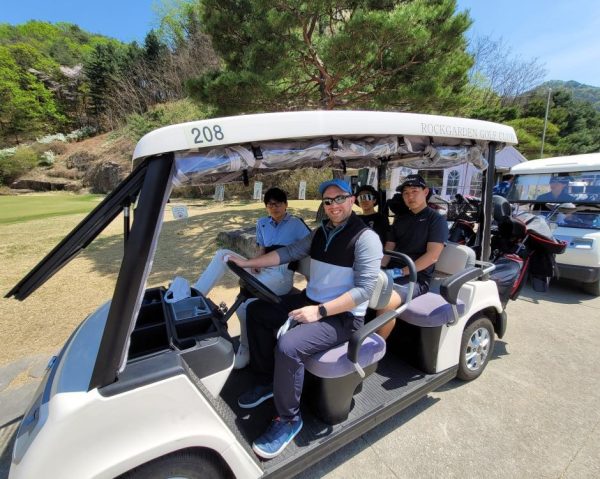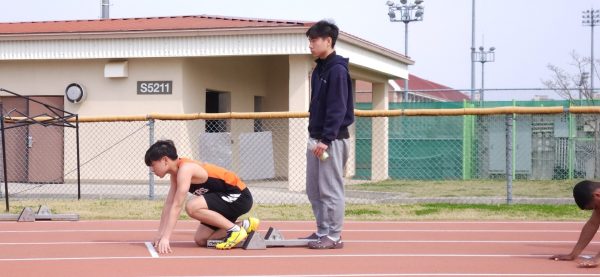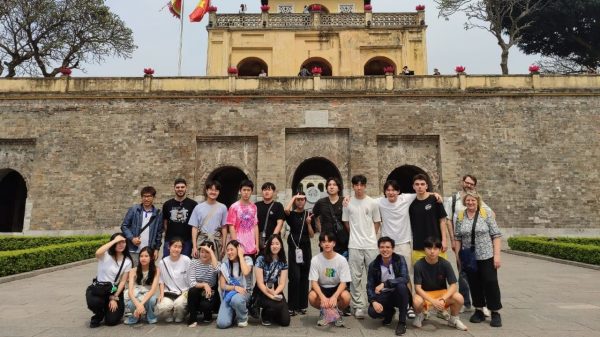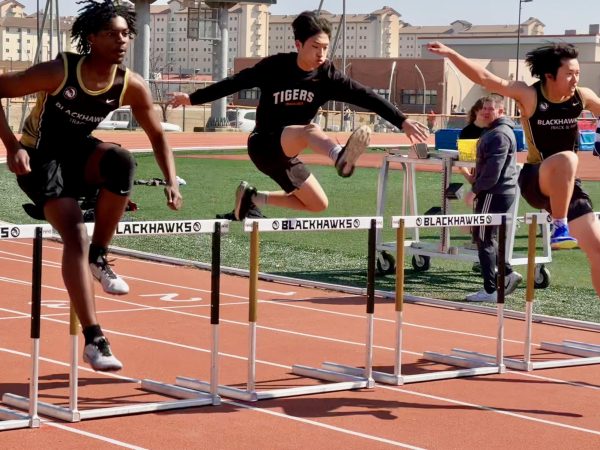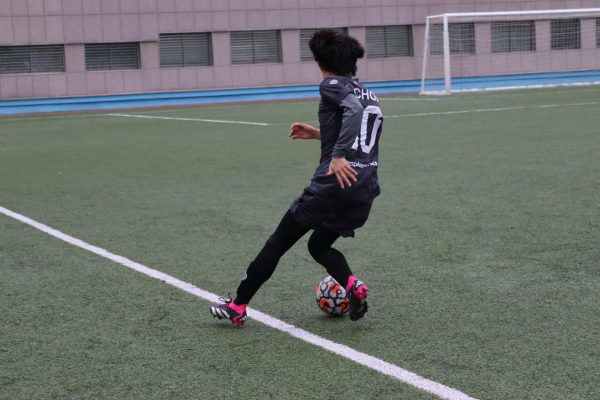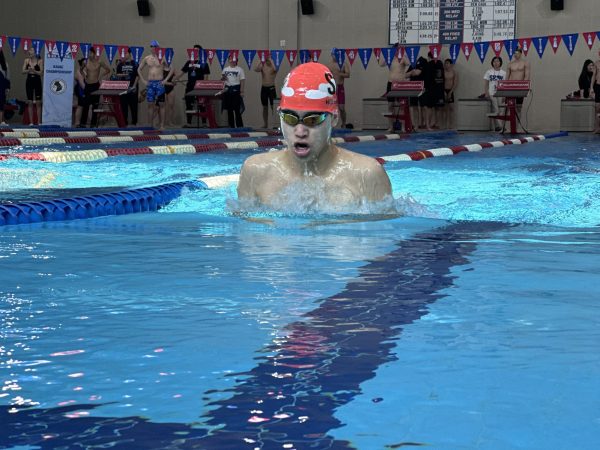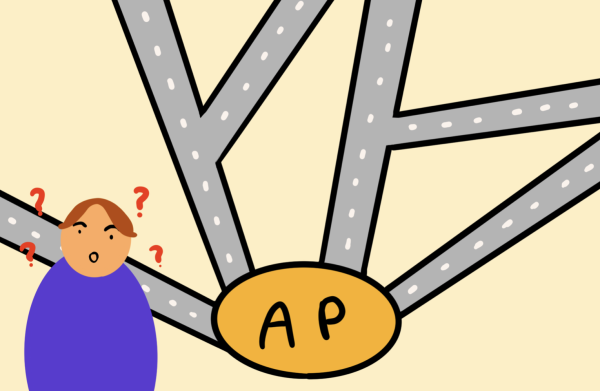Investigating SIS’s bus back seat culture
Students file into the bus parking lot as the bus officer rings the bell, and high school upperclassmen enter their designated after-school bus and immediately sprint down the aisle, heading toward the empty back seats. Without a second glance, the underclassmen queue down the lane and take the front seats.
In a typical SIS bus, it is usually the upperclassmen that occupy the back seats while the underclassmen sit in the front or middle seats. It is often the case that even when underclassmen get to the buses first and beg the bus monitors to allow them to take the back seats, they are rejected. Upperclassmen do not ask for this permission in the first place, as the bus monitors gladly allow them to sit anywhere they like.
“Looking back, this unfair bus culture was the same when I was an underclassman,” Eric Lee (11) said. “Personally, I thought the back seats were the best since I could sleep without getting disturbed by students running and pushing in the aisle to get off their stops. Although I wished to sit in the back seats, I was always afraid to speak to the upperclassmen or the bus monitors.”
However, recently, a number of high school students have noticed underclassmen arguing against the bus monitors and frequently occupying the back seats on the buses. This stems from the underclassmen questioning the specific reasons precluding them from sitting on the backseats. Answers vary—as some bus drivers and monitors state that the upperclassmen are prioritized to take the back seats due to safety reasons, students claim that it is simply because the upperclassmen are older and receiving unfair advantages as a senior.
“The truth is, there isn’t a bus policy that prohibits younger students from sitting in the back seats,” Youmi Jeong, head bus monitor, said. “However, the bus monitors do purposefully encourage underclassmen to sit in the front seats because of safety precautions. The older students are generally bigger and taller so it is easier for the monitors to see them even when they are sleeping at the back of the bus.”
Despite the safety regulations addressed by bus monitors, some students believe the underclassmen should be allowed to sit in the backseats.
“There isn’t a great height difference between an underclassman and an upperclassman,” Lin Chiang (9) said. “There are a number of upperclassmen who are shorter and smaller than me so I think safety shouldn’t be the biggest factor prohibiting us, underclassmen, from sitting in the back seats. All seats should be free for everyone.”
On the other hand, there are upperclassmen students who don’t perceive the underclassmen’s traditionally divergent attitudes toward the back seats in a positive light. The upperclassmen generally believe that the bus back seat culture isn’t disadvantageous or harmful to anyone and is rather a small tribute to the senior students who have endured years of being pushed to the front of the bus until now when they reach their moment of redemption at last.
“I mostly spend my bus rides listening to music or sleeping and if it weren’t the back seats, I would be constantly disturbed by the younger students’ loud conversations,” Sean Choi (11) said. “I understand that the underclassmen might feel the back seat culture is unfair. But, I think it is also important for them to acknowledge that the majority of the upperclassmen are exhausted in the bus while the underclassmen are usually the ones still energetic and talkative.”
The confusion around the school bus back seat culture is mostly due to unclear guidelines surrounding the subject, as the issue revolves around societal structures rather than a clear-cut set of rules. As such, it is crucial for both students and bus monitors alike to continuously engage in an open dialogue to establish a clear resolution. This way, one day, the seats on the school buses may truly be first come, first served.
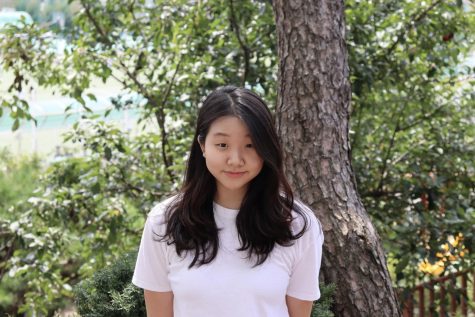
Minjae Chun is a senior design and production editor of Tiger Times. She is passionate about art, literature, and journalism. She enjoys having movie nights...


